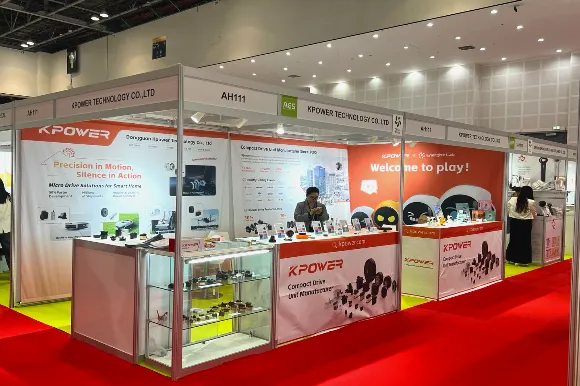Thinking about building your own servo motor? It’s like crafting a tiny powerhouse, a perfect blend of electronics and mechanics that responds with precision. You don’t just slap parts together; it’s about understanding the dance between the motor, the control system, and how they communicate.

First, focus on choosing the right motor core. How powerful does it need to be? Are you looking for rapid movements or sustained torque? The size and type matter. Brushed or brushless? Each has benefits—the latter being more efficient, though a bit more complex to handle. Picking the right motor is just the beginning because without proper control, it’s just a part gathering dust.
Then comes the control circuit. Think of it as the brain. It interprets signals and translates them into movement. You’ll want a reliable PWM (Pulse Width Modulation) controller—it’s what tells your motor “turn on,” “speed up,” “slow down.” Good controllers have feedback loops—think of a tiny sensor that keeps an eye on position and adjusts on the fly. That’s where real precision lives.
Wiring is the next piece of the puzzle. Imagine trying to get your favorite song just right—you want connections that don’t fade out mid-chorus. Solid solder joints, shielded cables if noise might interfere, and proper grounding are critical. It’s not glamorous, but if your wiring is flimsy, performance will suffer. It’s like trying to drive a race car with a loose steering wheel.
Power supply? It’s like the fuel tank—not too big, not too small. You need a stable voltage source that can handle peak loads without dropping out. Overloading can burn out your motor or fry your controller, so pay close attention to current ratings. You wouldn’t want the thrill of high torque to turn into smoke curling up from your project.
And here’s a pro tip: testing is everything. Before integrating into your final setup, run your servo on a bench. Watch how it responds, listen for strange noises, look for jittery movements. Sometimes, small adjustments in wiring or tuning can make a world of difference.
Want your servo to respond faster? Fine-tune the PID parameters. Is it overshooting? Lower the integral gain slightly. The devil’s in the details, and small tweaks often yield big improvements.
Working with servo motors isn't just about mechanics; it’s about envisioning a system that can deliver smooth, accurate motion. Whether you’re building a robotic arm, a camera gimbal, or a remote-controlled vehicle, understanding these basics makes all the difference.
When you set out to make your own servo motor, think of it as creating a miniature orchestra—each component plays its part, working together to produce harmony. And once you get the hang of it, you’ll see limitless possibilities unfold, powered by your own hands and ideas.
Established in 2005, Kpower has been dedicated to a professional compact motion unit manufacturer, headquartered in Dongguan, Guangdong Province, China. Leveraging innovations in modular drive technology, Kpower integrates high-performance motors, precision reducers, and multi-protocol control systems to provide efficient and customized smart drive system solutions. Kpower has delivered professional drive system solutions to over 500 enterprise clients globally with products covering various fields such as Smart Home Systems, Automatic Electronics, Robotics, Precision Agriculture, Drones, and Industrial Automation.




































